#cymbeline
Text
Shakespearean Men believing their wife/betrothed is cheating on them by evidence offered, ranked from most sympathetic to least:
1. Othello, Othello: subject to a premeditated slander campaign, handkerchief used as evidence, takes a while for him to believe it. Understandable, if horrible, and very tragic.
2. Posthumus, Cymbeline: proof in the form of a love token and the description of his wife's body. Also kind of understandable because they were subject to a seperation of unknown length. Murder was a little extreme though...
3. Claudio, Much Ado About Nothing: tricked by a man who literally just tricked him, sees two figures in the dark and a woman calling herself "Hero", immediately willing to believe it. Somewhat understandable, I guess, maybe.
4. Leontes, The Winter's Tale: VIBES. Pure vibes, man.
At some point between 3 and 4, did Shakespeare just lose his faith in humanity?
#these are the ones I've read#they may be more i haven't read/watched all the plays yet#Shakespeare#the winter's tale#Cymbeline#much ado about nothing#othello#the Winter's Tale was one of his last plays#summer reading interlude#cheating plots#none of these women did actually cheat by the way
251 notes
·
View notes
Text


David Tennant at the RSC's Cymbeline press night - May 2023
for Tennant Tuesday (or whatever day this post finds you)
#david tennant#tennant tuesday#cymbeline#cymbeline press night#always happy to see DT at the theatre#on stage or in the audience#stuff i posted
156 notes
·
View notes
Text
*Shakespeare and the gang talking about trying to gain a wider audience
Shakespeare: okay, hear me out-
Crew: I swear to god, Shakespeare, if you suggest faking our own death one more time
#shakespeare#this man#this is his answer to everything#this man had one move#but it was a really good one#much ado about nothing#romeo and juliet#julius caesar#pericles#prince of troye#cymbeline#the winter’s tale
49 notes
·
View notes
Text






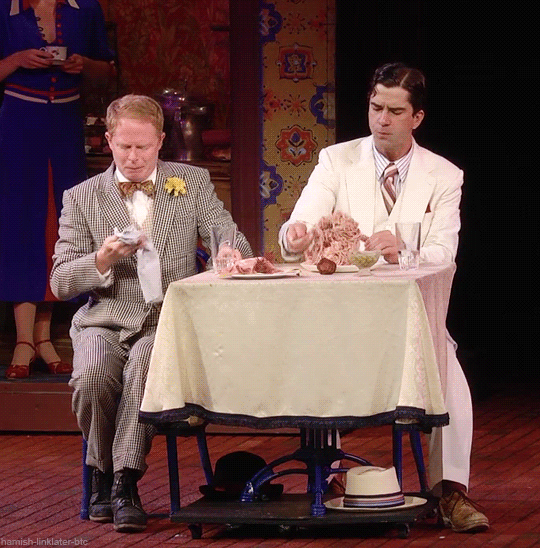



Hamish Linklater in productions of Shakespeare in the Park
114 notes
·
View notes
Text
I - X of shakespeare tarot lineart

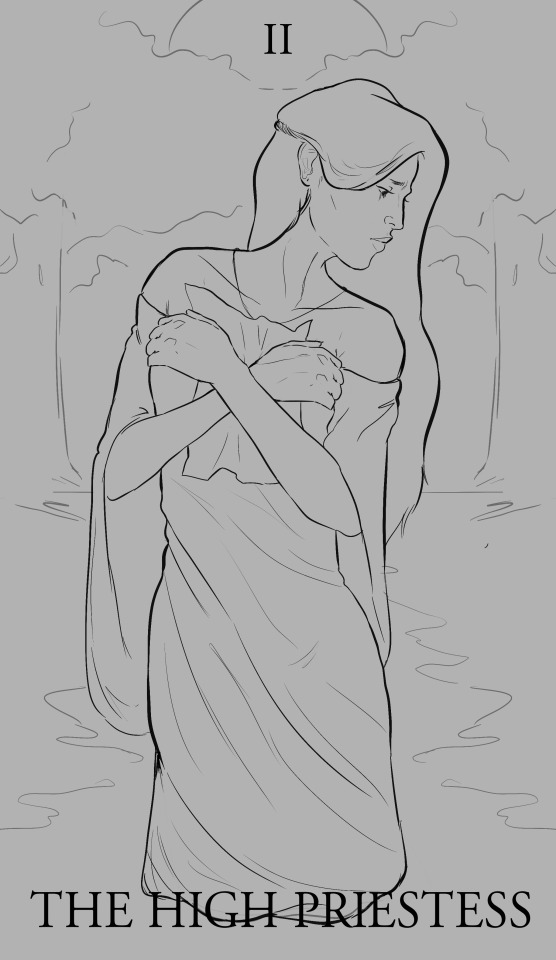

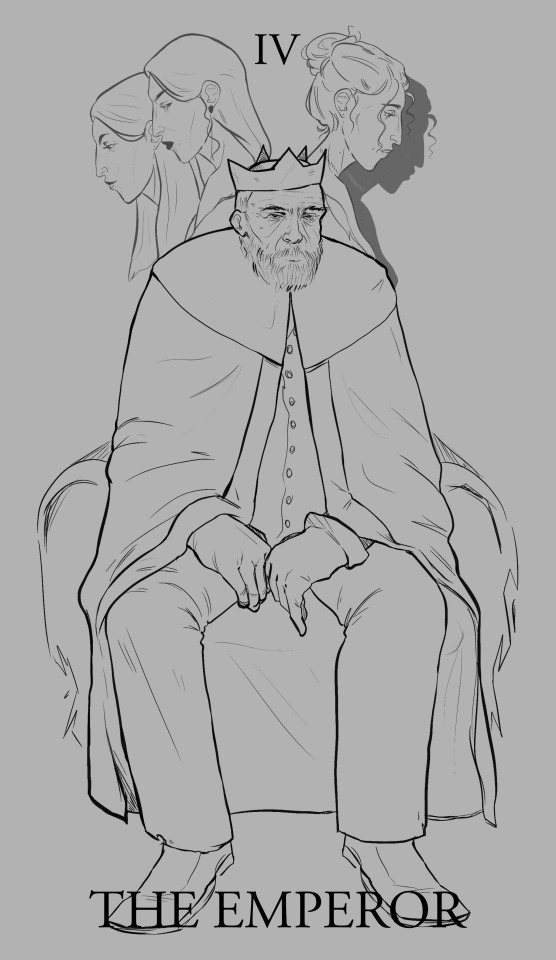

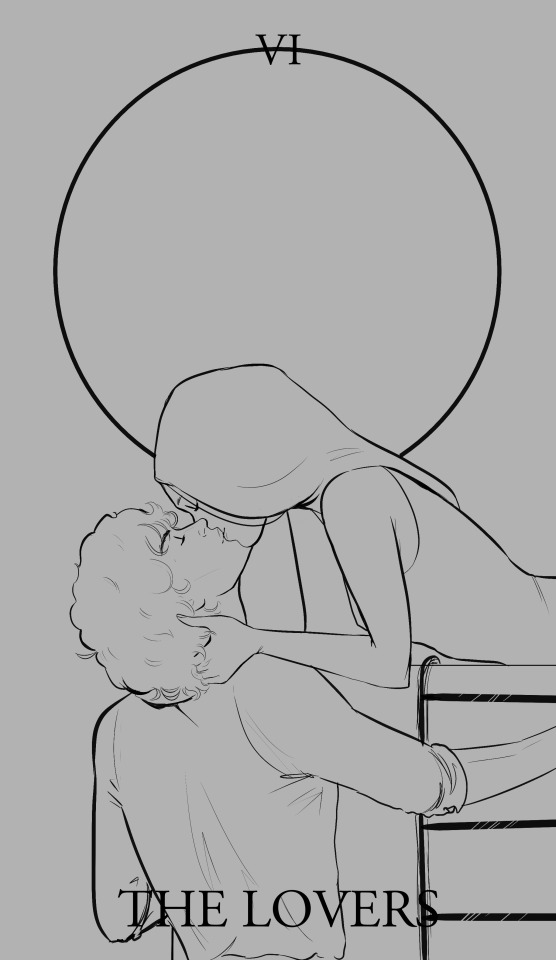



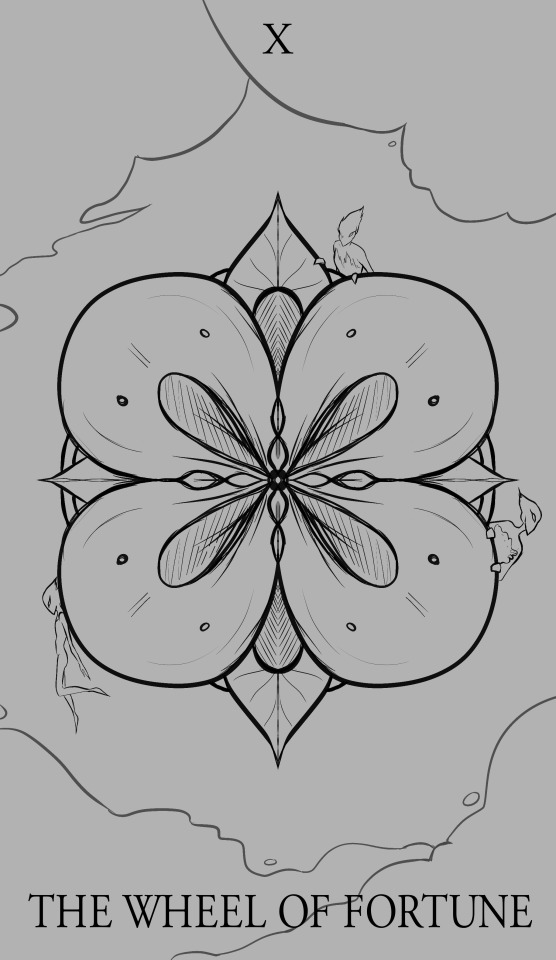
find xi - xxi here
some of these are in their ugly phase i know but im trying to have faith that they will end up looking good okay...
#also dont ask where the fool is hes a different matter entirely#shakespeare#shakespeare tarot#tempest#cymbeline#antony and cleopatra#king lear#measure for measure#romeo and juliet#love's labour's lost#coriolanus#timon of athens#midsummer night's dream#macbooth original
80 notes
·
View notes
Text

Woah no way?? People (completely unprompted /s) want to hear my trans Shakespeare headcanons?? You bet I can do that.
I’ve done this once before:
But I have even more thoughts now!!
In no particular order:
Puck (A Midsummer Night’s Dream): Every single pronoun possible. He/she/they/it + all of the neopronouns and xenopronouns that exist currently or will ever exist. Fairy gender is always weird but Puck’s is extra weird.
Oberon (A Midsummer Night’s Dream): Fairy gender. Probably he/they/it?
Titania (A Midsummer Night’s Dream): More fairy gender. She/they/it?
Titania’s fairy attendants (Midsummer): Get a hat and fill it with various pronouns and draw them out at random for the fairies.
Benedick (Much Ado About Nothing): Could go either way, but I really like the idea of transfemme Benedick. Or he/him lesbian Benedick.
Beatrice (Much Ado About Nothing): The she/they to end all she/theys
Viola/Cesario (Twelfth Night): Could be trans in literally any direction. I made a post about this too at some point. My suggestion is all of the directions: they/she/he
Sebastian (Twelfth Night): He/him, transmasc. I also made a post about this at some point.
Feste (Twelfth Night): I saw a great she/her Feste last summer.
Orsino (Twelfth Night): Specifically the himbo variety of he/they
Margaret of Anjou (Henry VI trilogy and Richard III): If I ever play Margaret, I will use she/they pronouns.
Catesby (Richard III): Just played Catesby with she/her pronouns and it worked!
Richard II (Richard II): Tell me Richard isn’t the most they/he or he/they guy alive (or… dead).
Hal (1 Henry IV-Henry V): Saw Hal played with she/they pronouns last summer and it was great. Could also see he/they Hal. Very nonbinary vibe overall. I personally believe that going by Hal rather than Henry for two whole plays is their way of pulling the “going by the first letter of what my name used to be instead of picking a name from scratch” nonbinary trick. He probably pretends to be cis after his dad dies and he becomes king—one more element of Hal’s lifelong identity crisis.
Hotspur/Harry Percy Jr. (Richard II & 1 Henry IV): He/they in denial.
Kate Percy (1 & 2 Henry IV): She/they, not in denial. (Also Katespur should be bi4bi)
Ned Poins (1 & 2 Henry IV): Transmasc Ned Poins?? Maybe he doesn’t actually have a sister and Nell is just his deadname. Ned Poins’ failed scheme to flirt with Hal.
Romeo (Romeo & Juliet): he/they (t4t R&J!!!)
Juliet (Romeo & Juliet): she/they (t4t R&J!!!)
Mercutio (Romeo & Juliet): they/he(/it?). Vibes alone. Look at them. Just look.
Nurse (Romeo & Juliet): she/her, transfemme!
Cassius (Julius Caesar): Would love to see a they/them Cassius
Hamlet (Hamlet): he/they. I’ve made multiple posts about this theory and I still love it.
Ophelia (Hamlet): she/they. As she should.
Laertes (Hamlet): she/him and NOT just because Laertes used she/her pronouns the first time I saw this play.
Rosencrantz (Hamlet): he/they/she. Vibes. Sometimes goes by Ros/Rose. Probably genderfluid.
Malcolm (Macbeth): they/he or they/them. Also vibes.
Lady Macbeth (Macbeth): stolen straight from my last post because this is still my HC: she/they; would insult you for “having pronouns in your bio” and then turn around and punch you in the face for using their pronouns incorrectly.
Angus (Macbeth): she/her, transfemme. (t4t Ross/Angus. I will die on this hill… Dunsinane Hill.)
Ross (Macbeth): he/him, transmasc
Caithness (Macbeth): she/they lesbian
Mark Antony (Julius Caesar and Antony & Cleopatra): I would not bat an eye at he/they Mark Antony
Edmund (King Lear): they/he, nonbinary, sexiest man (/gn) alive.
Edgar (King Lear): he/him. Transmasc Edgar is slowly becoming canon To Me.
Cordelia (King Lear): she/her, transfemme.
Goneril (King Lear): she/they. I would let them kill me.
Coriolanus (Coriolanus): transmasc OR transfemme Coriolanus is!!!! The butterfly/metamorphosis motif! Name changes during canon! Discomfort with scars/body! Lack of autonomy granted by society! This is THE transgender play. (Other than Twelfth Night)
Imogen (Cymbeline): Tell me she doesn’t want to be a she/they so bad.
Florizel (The Winter’s Tale): he/they(/she?). Literally just a vibe. I have a pet rock named Florizel.
Perdita (The Winter’s Tale): she/they. I also have a pet rock named Perdita.
Ariel (The Tempest): Similar to Puck, probably they/she/he? Even my conservative English prof consistently rotates between she/her and he/him for Ariel (possibly not intentionally? I’m not convinced he knows what her canon pronouns are.)
Ferdinand (The Tempest): she/they. PLEASE give me transfemme Ferdinand. PLEASE let Miranda realize she’s a lesbian during canon.
Miranda (The Tempest): she/they. Ariel taught them about the existence of she/they pronouns and she immediately started using them.
So in other words… every Shakespeare character should be trans, actually.
#ohhhh this is a LOT of plays to tag…#first of all:#trans#shakespeare#a midsummer nights dream#much ado about nothing#twelfth night#1 Henry VI#Richard III#Richard II#1 Henry IV#romeo & juliet#julius caesar#hamlet#macbeth#king lear#coriolanus#Cymbeline#the winter’s tale#the tempest#2 Henry IV#Henry V#2 Henry VI#3 Henry VI#I *think* I got them all!#MORE! TRANS! SHAKESPEARE!!!!#these plays SHOULD be genderqueer#honestly everything should be more genderqueer#of course I (your local she/they/he) am not biased at all
28 notes
·
View notes
Text
Social Shakespeare has Merch!
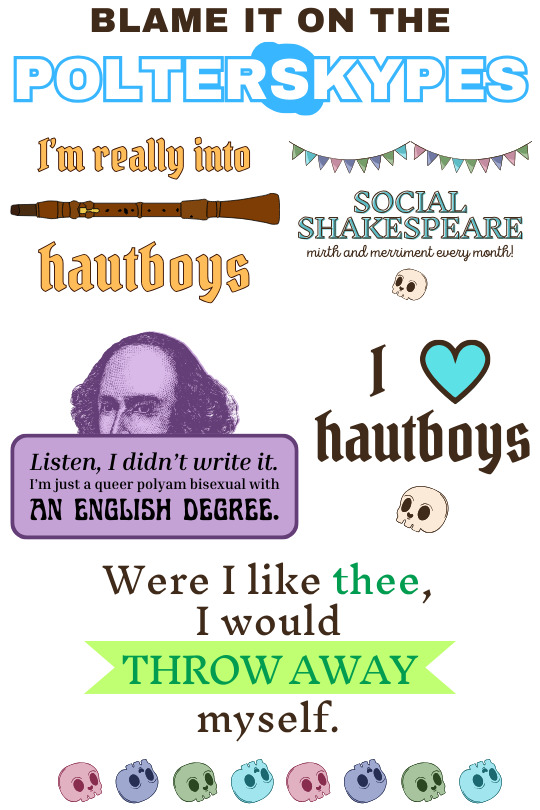

We are making another post to let you know about some of the new designs we've put up on the Redbubble Shop! Some of these came into being just yesterday during a reading of A Winter's Tale! We hope you enjoy them.
If you have suggestions for quotes or other things you’d like to see, send me a message! If you’d like to design something, EVEN BETTER.
#Social Shakespeare#Merchandise#The Winter's Tale#As You Like It#Titus Andronicus#The Merry Wives of Windsor#Cymbeline#shakespeare
60 notes
·
View notes
Text
“New Women” and Stoker’s Theatre Job
Given Bram’s “New Woman” rant at the end of Mina’s 10 August diary entry, now seems like a good time to discuss two of the great actresses of the Fin de Siècle stage!
First of all, we have Ellen Terry -- onstage partner to (you guessed it) our pal Henry Irving, and probably most widely recognizable in this John Singer Sargent painting of her as Lady Macbeth.
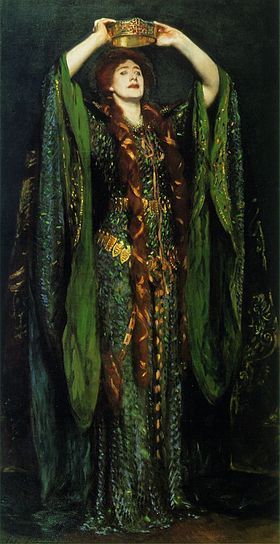
While the beetle-wing green dress deserved to be immortalized in all its stately glory, the tone of the portrait is actually very different from that of Terry’s Lady M -- she never crowned herself onstage, and the character was played with a much more “fragile” brand of late-Victorian femininity. Despite a scandalous private life (including two children born out of wedlock, gasp!) Terry’s public persona was aligned with a series of “virtuous” Shakespeare heroines (Ophelia, Cordelia, Desdemona, Portia, Beatrice, Imogen).
In 1878, when Henry Irving became manager of the Lyceum theatre (where Bram Stoker soon became business manager), he convinced Ellen Terry to join the company as his leading lady. Both actors were separated from their spouses (Terry from her second husband) at this point, so their partnership publicly mirrored that of earlier husband-wife leading pairs. At least officially, Irving dictated the company’s artistic choices, the casting, and Terry’s (record breaking) salary, and onstage, Lady M may have been evil, but she was also Macbeth’s perfectly loyal wife.

Ellen Terry’s Imogen (see the colorized edit of a publicity photograph above), opposite Henry Irving’s villainous Iachimo in 1896 is regarded by some as a key inspiration for Lucy Westenra (interesting article/abstract here and book chapter/summary here, apologies for the paywalls). Given that Iachimo creeps on Imogen while she’s asleep and then uses this encounter to threaten her life / accuse her of promiscuity, there are certainly some parallels to be had if you go looking for them.
Interestingly enough, however, when Stoker produced a staged reading of Dracula at the Lyceum in 1897 (in order to claim copyright over any future stage adaptation), Ellen Terry’s daughter, Edith Craig, played Mina. And Edith was very definitely a card-carrying, suffrage-supporting, queer and polyamorous New Woman. Fun fact: in the post-Lyceum phase of her career, Ellen Terry was actually a pretty active suffrage campaigner / fundraiser too. (And I suspect, if we were to carry Mina and Lucy forward to their hypothetical Dracula-free, untouched by Bram Stoker’s authorial misogyny futures, both of our heroines eventually would be too).
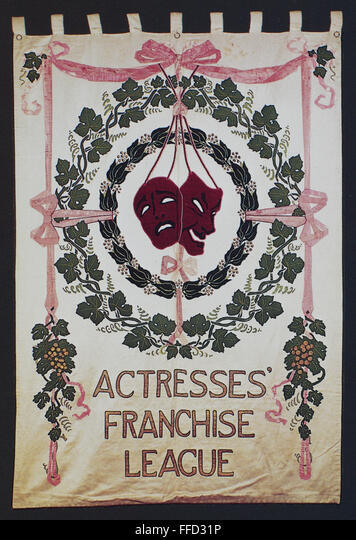
While we’re on the subject of the scandalous New Woman, however, the other late Victorian actress I cannot go without mentioning is the French sensation Sarah Bernhardt (who by the time Dracula was published had a substantial performance history in England and the US as well). A rough contemporary of Ellen Terry, Bernhardt, by contrast, cultivated her own reputation for the scandalous. Bernhardt quite intentionally broke gendered boundaries left right and center.
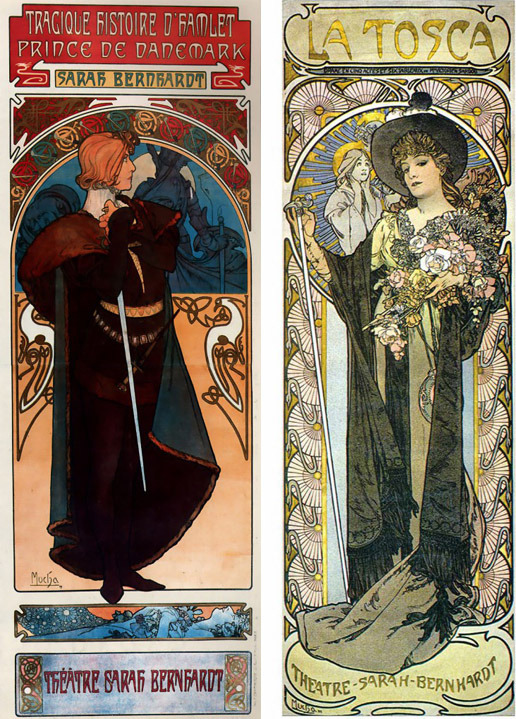
Visually, Bernhardt is perhaps most strongly associated with the art nouveau posters she commissioned (from artist Alphonse Mucha) for her theatre company in Paris - examples of 1899′s Hamlet and La Tosca are above. While there are also plenty of photographs of her as Hamlet (although far from the first woman to play the role, Bernhardt’s performance is one of the most famous) and in other promotional images, the photo I’d rather draw your attention to is this one:

Yes, that is a young Sarah Bernhardt lying asleep in a coffin -- a coffin which she is said to have traveled with and claimed to sleep in regularly. Quite the publicity stunt (and pre-Dracula too)! Other features of her eccentric public persona included traveling with a menagerie of wild animals -- including an alligator, at least one variety of big cat, and a number of lizards and/or chameleons.
Bernhardt was also a sculptor, and her Self-Portrait as a Chimera (circa 1880, below) notably features bat-like wings, instead of more traditionally feathered, bird-like ones.
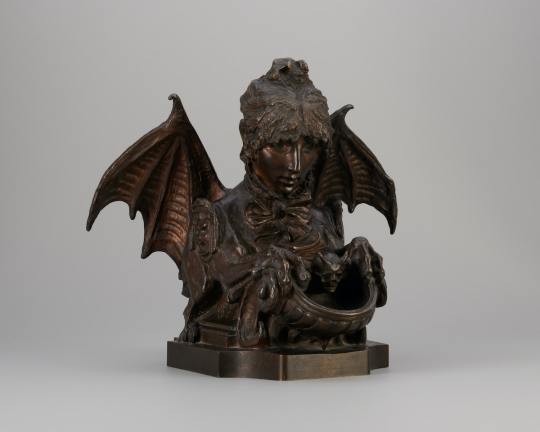
Which is to say, I think we’ve found another vampire!
#ellen terry#sarah bernhardt#Bram Stoker#our good friend henry irving#fin de siècle#the new woman (gasp!)#dracula daily#theatre history#shakespearean / stage manager reading dracula#cymbeline#hamlet#lady macbeth
585 notes
·
View notes
Text
Shakespeare poll tag, for all the different genres!
82 notes
·
View notes
Text
Shakespearean Villain Free-for-All
The setup: the villains from ten Shakespeare plays are all competing to become the rulers of a location that none of them are personally familiar with. (This is to prevent, say, Claudius having an unfair advantage in taking over Denmark.) They are allowed to use as much scheming, and as much physical violence, as they like, and they can have as much prep time as they need before they take action.
All teams will also have access to 5-10 soldiers/servants who can fight for them and carry out tasks that the main villains don't want to do.
However, team members (e.g., Macbeth and Lady Macbeth) are not allowed to side with another team or directly kill their own allies. They can fight with each other and hamper the team's overall ability to win, but they can't directly sabotage themselves.
Who takes the crown?
Side note: Regarding the characters from the history plays, this discussion is only considering their portrayals in Shakespeare's plays, not their real-life counterparts.
#shakespeare#othello#macbeth#king lear#cymbeline#much ado about nothing#as you like it#titus andronicus#hamlet#richard iii#henry vi part 3#shakespearean villains#poll
72 notes
·
View notes
Text

i think i hauve covid......
#please look at him.......#i just noticed. r there bandaids on his fingers as well? it's ok. i don't have to be gay abt everything he does (<- lying)#literally feel sick over this. distraught#i need to learn how to color gifs but that's a future problem i might clean it up later this is really for my pinned#ted talks#raúl esparza#cymbeline
23 notes
·
View notes
Text
Shakespeare Weekend
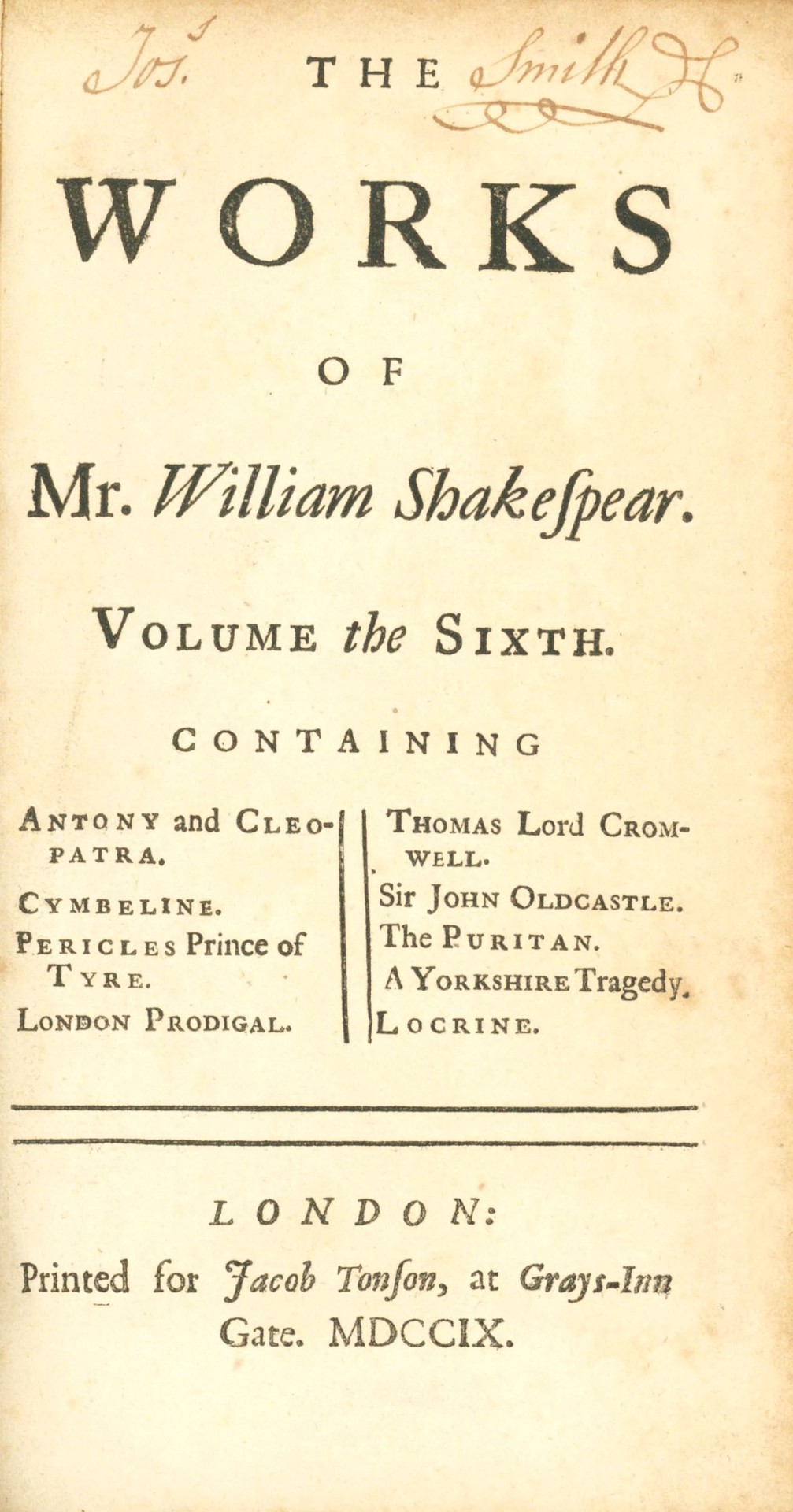


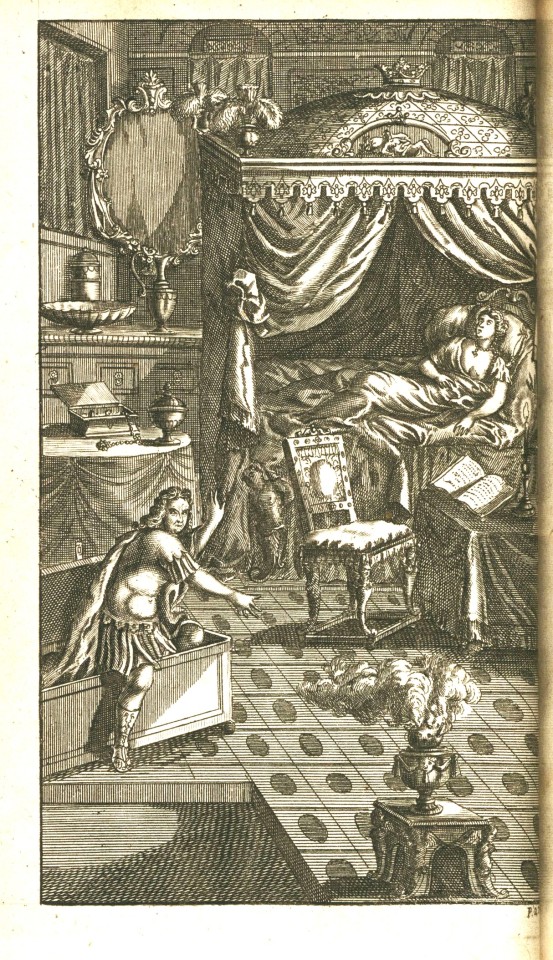
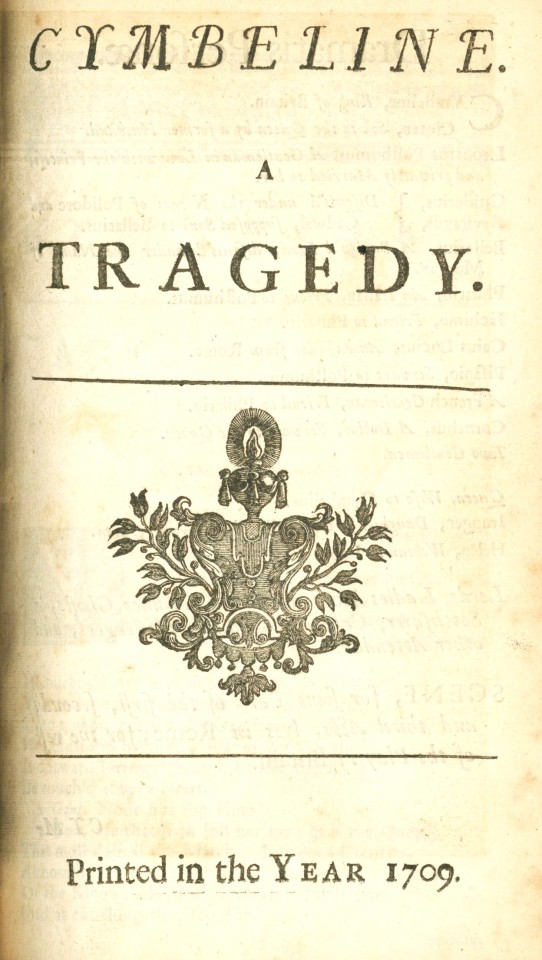
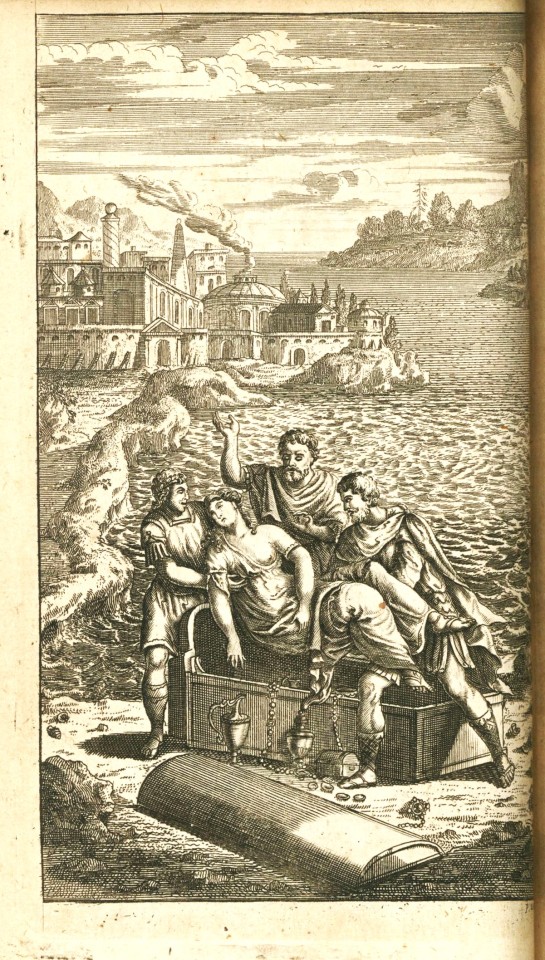


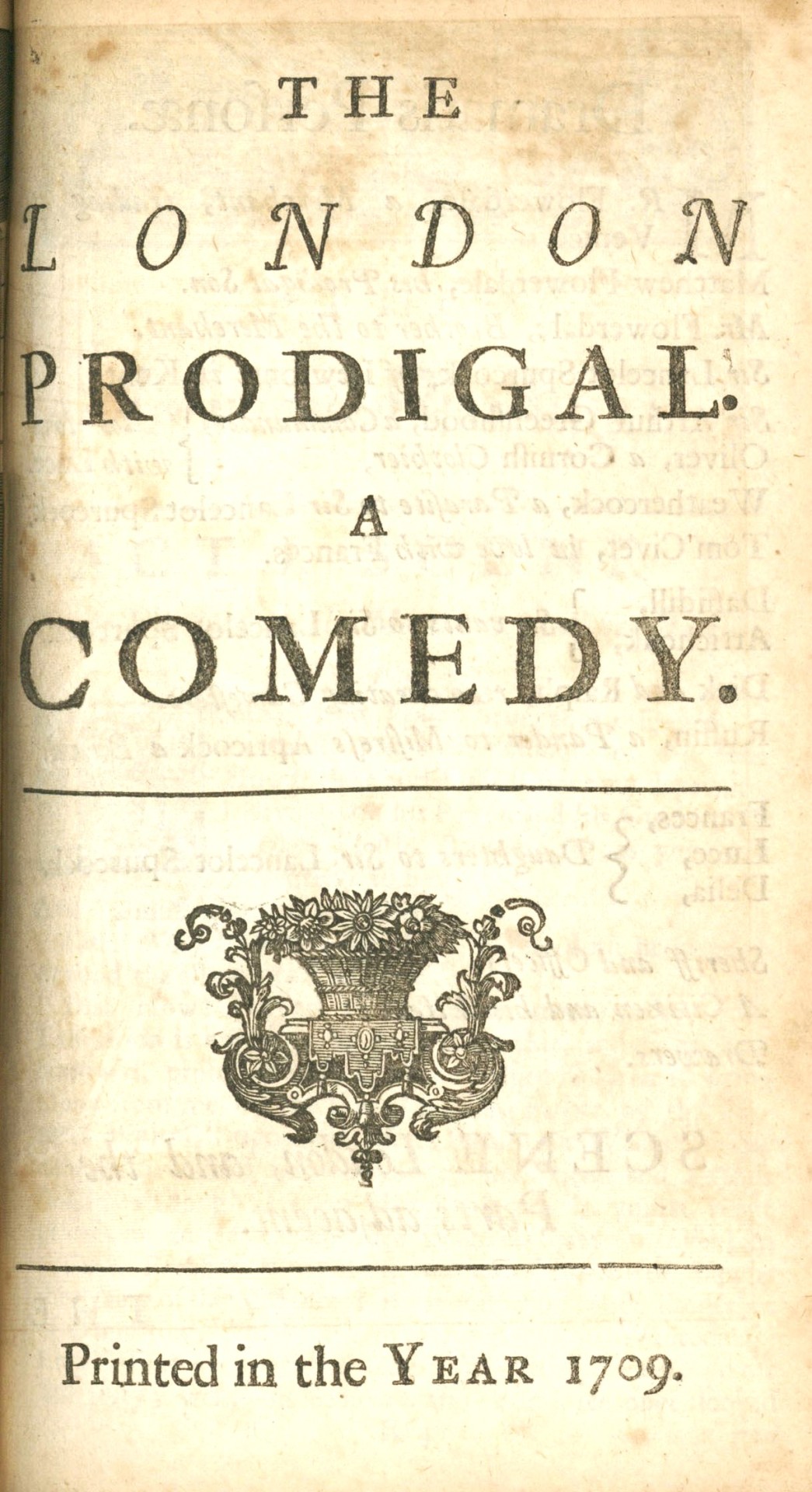

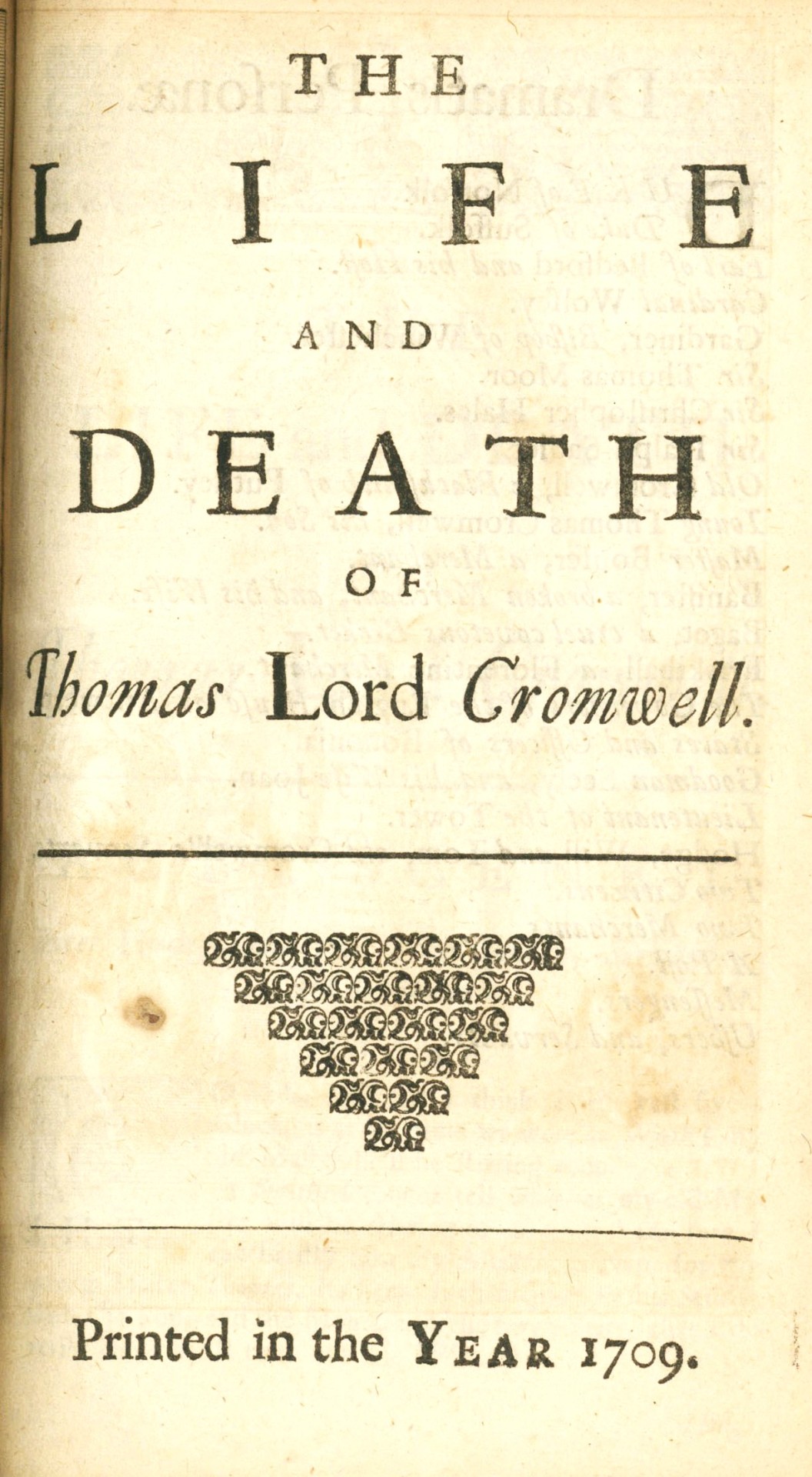
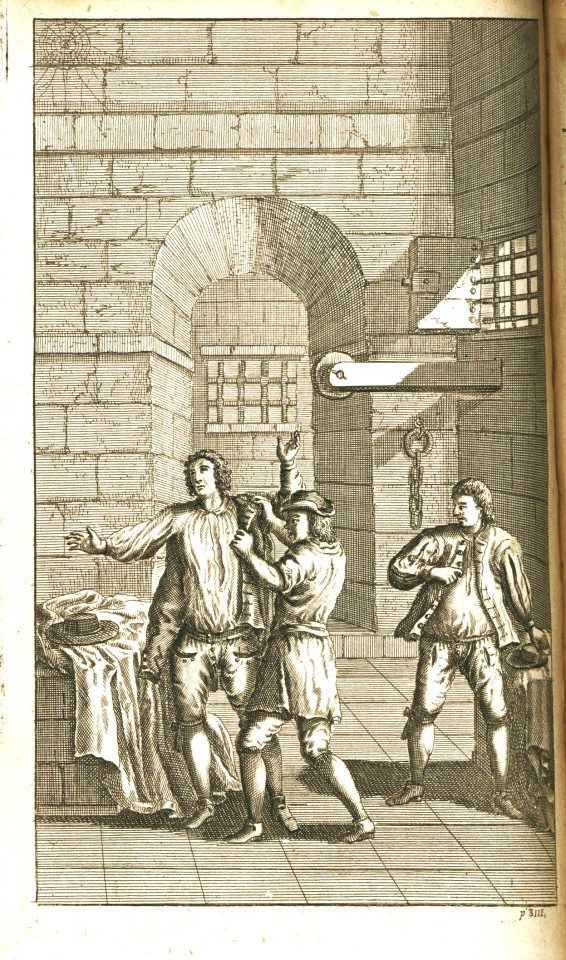

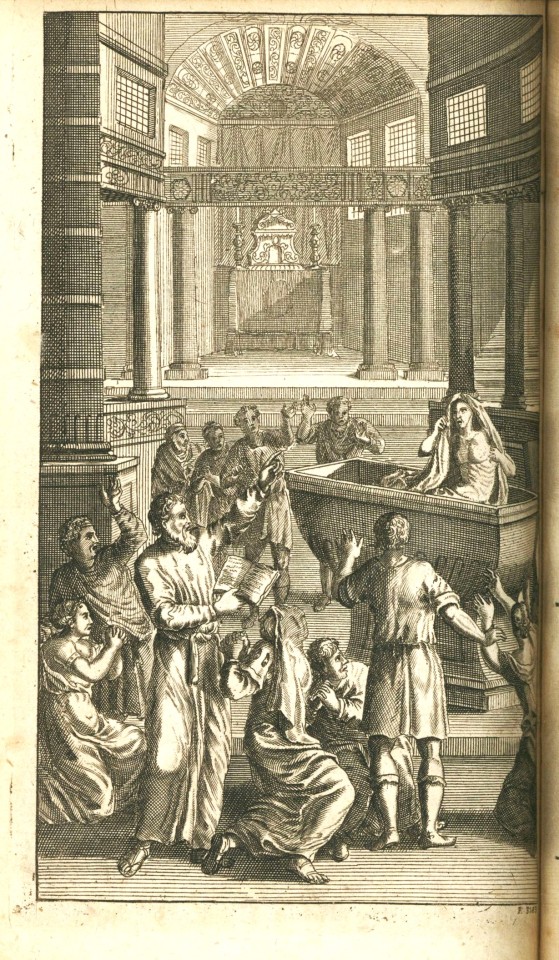





This weekend we are wrapping up Nicholas Rowe’s (1674-1718) The Work of Mr. William Shakespear; in Six Volumes. Published in London in 1709 by Jacob Tonson (1655–1736), this second edition holds an important place within Shakespearean publication history. The Work of Mr. William Shakespear; in Six Volumes is recognized as the first octavo edition, the first illustrated edition, the first critically edited edition, and the first to present a biography of the poet.
Volume six is a collection of Shakespeare’s tragedies and comedies including several plays that are a part of the Shakespeare apocrypha that bear Shakespeare’s name, but do not appear in the First Folio and of which there is question about his role in writing them. Apocrypha in the sixth volume include Pericles Prince of Tyre, London Prodigal, Thomas Lord Cromwell, Sir John Oldcastle, The Puritan, A Yorkshire Tragedy, and Locrine. Volume six also includes confirmed Shakespearean plays Antony and Cleopatra and Cymbeline.
A full-page engraving by the French Baroque artist and book illustrator François Boitard (1670-1715) and engraved by English engraver Elisha Kirkall (c.1682–1742) precedes each play. Boitard’s illustrations often place readers at the pinnacle of the plays depicting high drama in his classic Baroque style.
In addition to Rowe’s editorial decisions to divide the plays into scenes and include notes on the entrances and exits of the players, he also normalised the spelling of names and included a dramatis personae preceding each play. The only chronicled critique of Rowe’s momentous editorial endeavor is his choice in basing his text on the corrupt Fourth Folio.
View more volumes of The Works of Mr. William Shakespear; in Six Volumes here.
View more Shakespeare Weekend posts.
-Jenna, Special Collections Graduate Intern
#Shakespeare Weekend#william shakespeare#shakespeare#mr. william shakespear in six volumes#nicholas rowe#jacob tonson#Shakespeare apocrypha#apocrypha#francois boitard#elisha kirkall#antony and cleopatra#cymbeline#pericles prince of tyre#london prodigal#thomas lord cromwell#sir john oldcastle#the puritan#a yorkshire tragedy#locrine
43 notes
·
View notes
Text
Shakespeare's Cymbeline obviously has some story elements in common with Snow White. A princess heroine, a wicked queen stepmother, a servant is ordered to kill the princess but instead lets her go, she finds the home of some men in the wilderness and lives with them, but then she succumbs to "poison" from her stepmother and is mourned as dead, yet she isn't really dead, and eventually there's a happy ending.
In the play, the character of Belarius, the foster father who takes Imogen in (and whose foster sons turn out to be her long-lost brothers), goes by the pseudonym Morgan.
In the Let's Pretend radio adaptation of Snow White (or rather Snowdrop, as it's called), the leader of the seven dwarfs, basically a more dignified version of Disney's Doc, is named Morgan.
I see what you did there, Nila Mack. I see what you did there.
#william shakespeare#cymbeline#snow white#fairy tale#let's pretend#radio#nila mack#literary allusion#shout out to shakespeare
16 notes
·
View notes
Text
You'll find the second poll on my 'shakespeare' tag or my pinned post.
#polls#shakespeare#tragedies#hamlet#cymbeline#anthony and cleopatra#king lear#julius caesar#coriolanus
104 notes
·
View notes
Text
2hr study of that one Tom Hiddleston picture bc i sure like it a normal amount
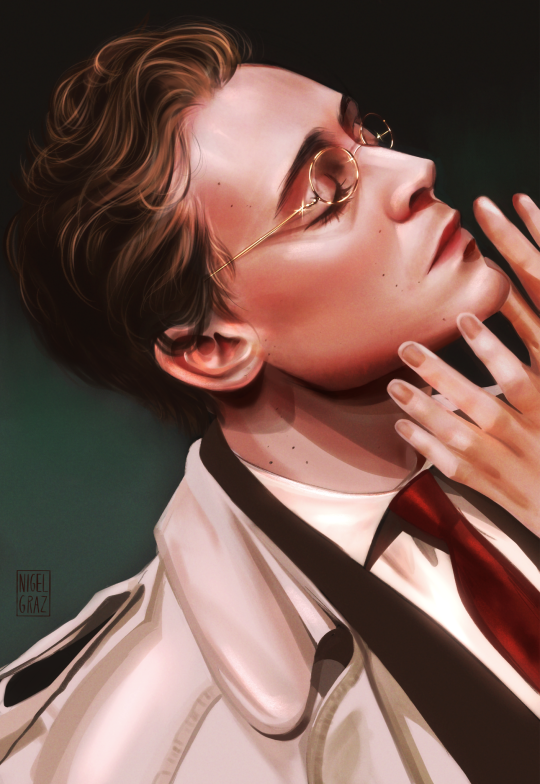
140 notes
·
View notes
Text
I’m literally so in love with characters in shakespeare that are so tragically there. Horatio. Benvolio. Antonio TN. Pisanio. Maybe it’s just characters that end with io actually….
#I wanna play all of them of course because I love them so dearly#shakespeare#hamlet#romeo and juliet#twelfth night#cymbeline#macbooth original
122 notes
·
View notes